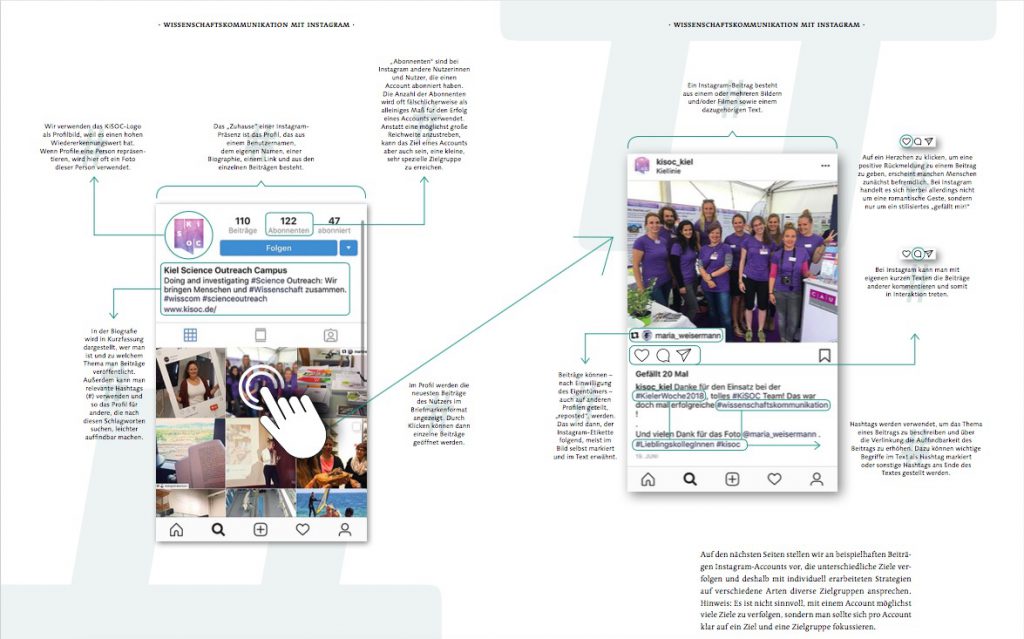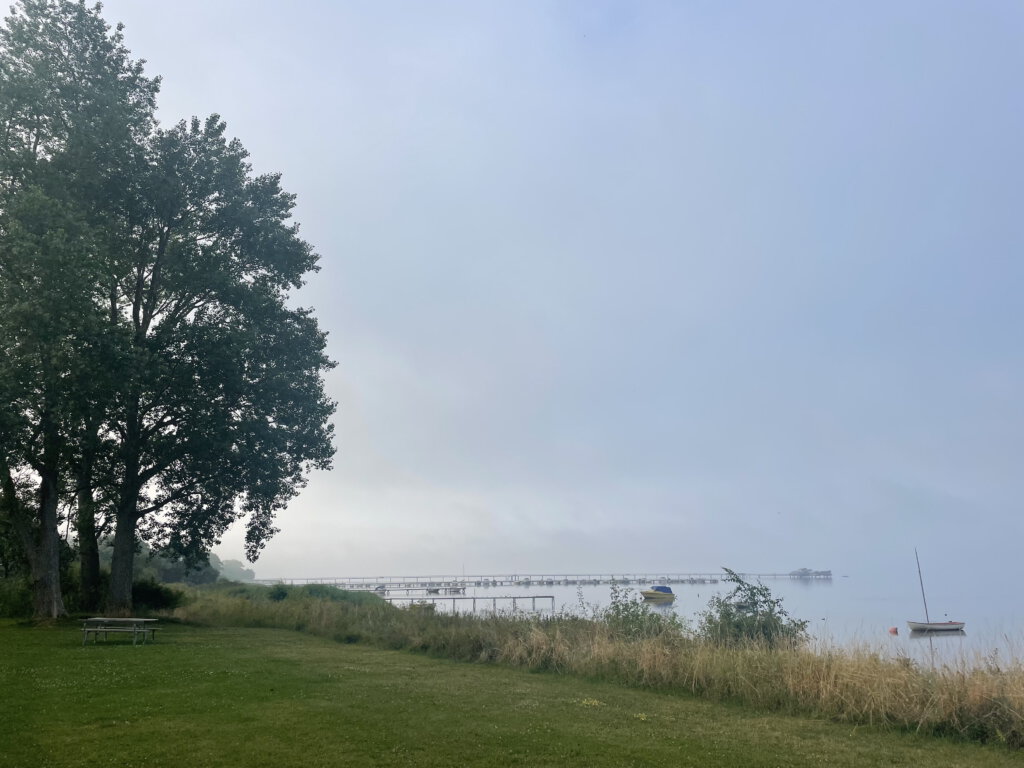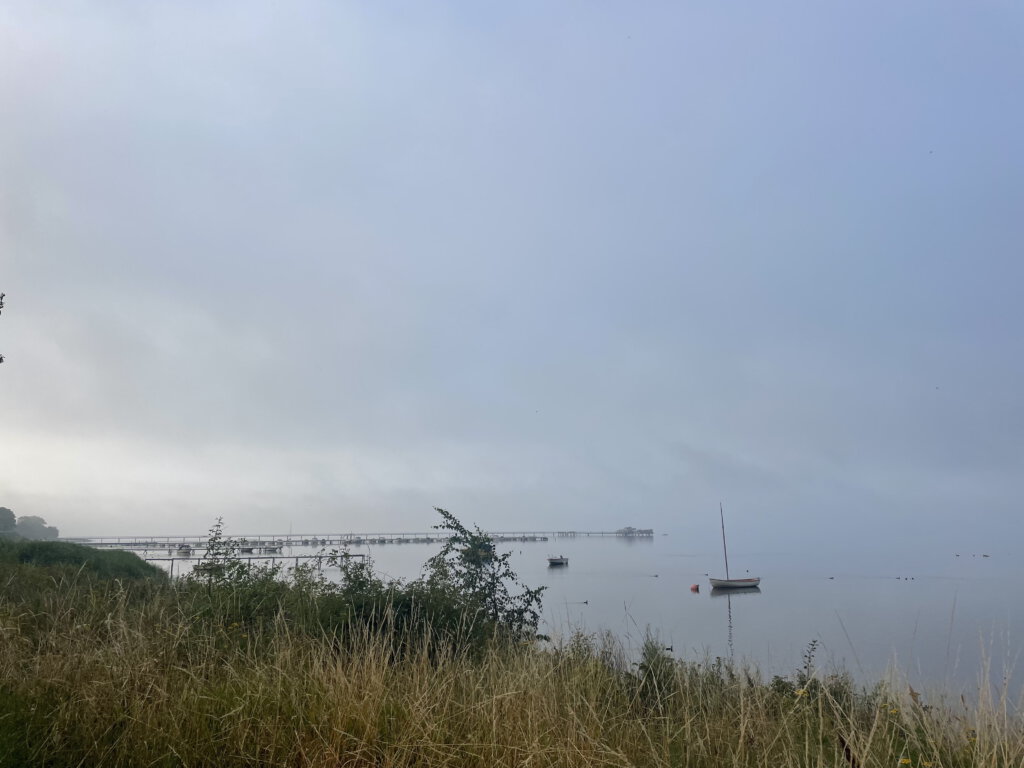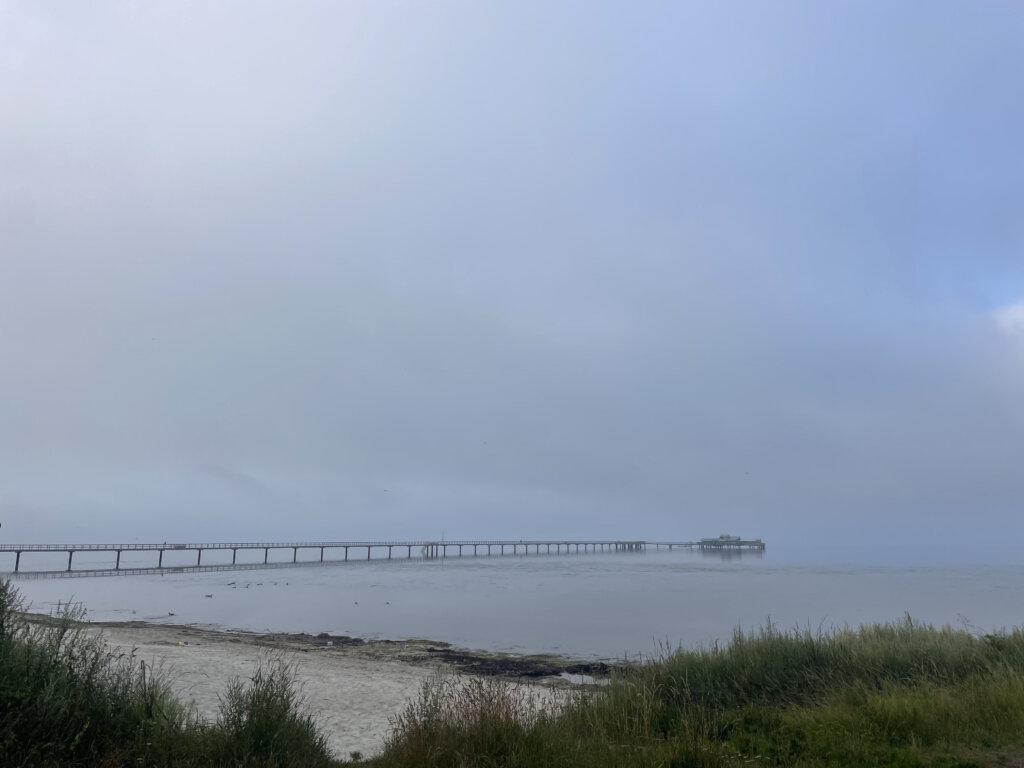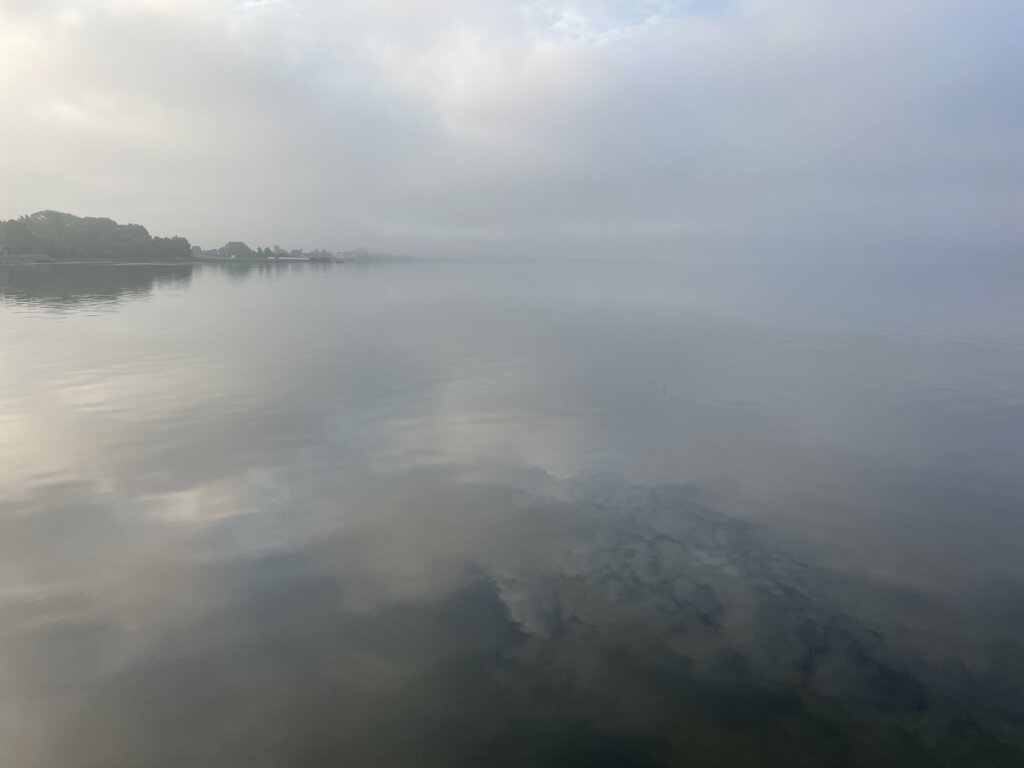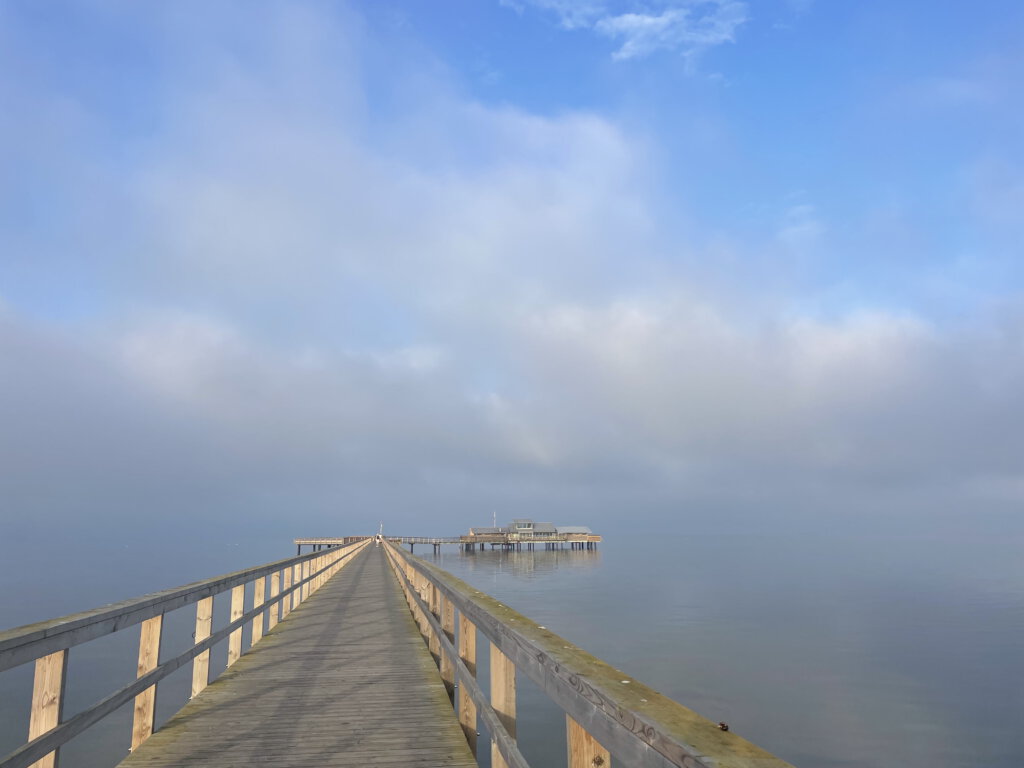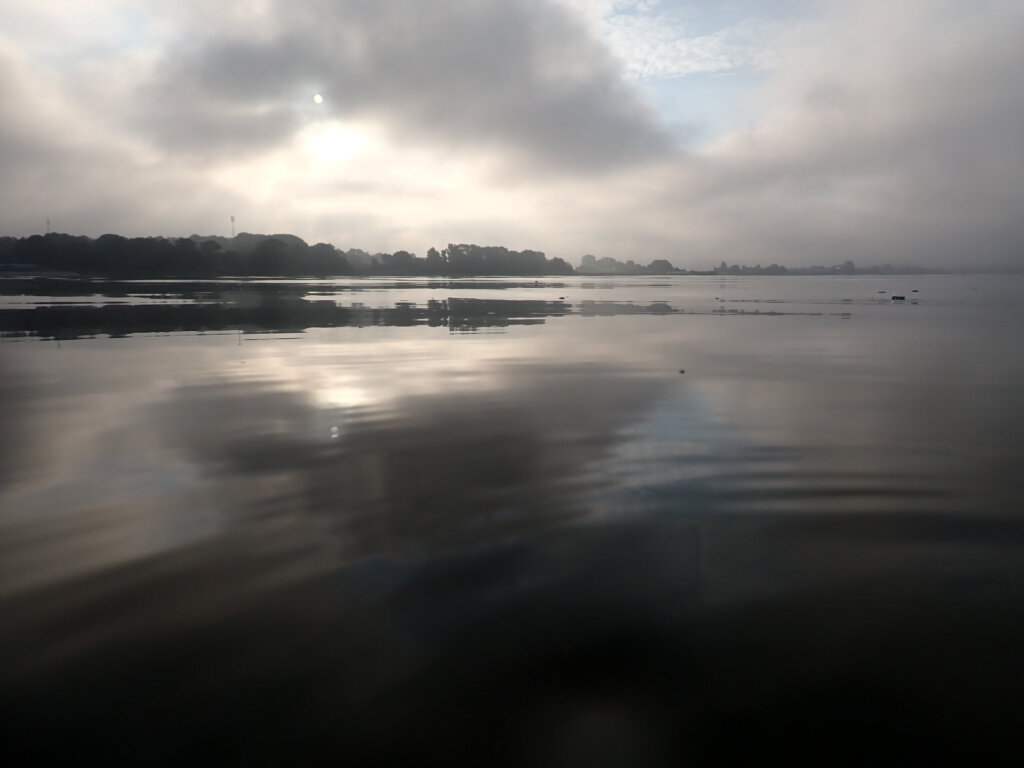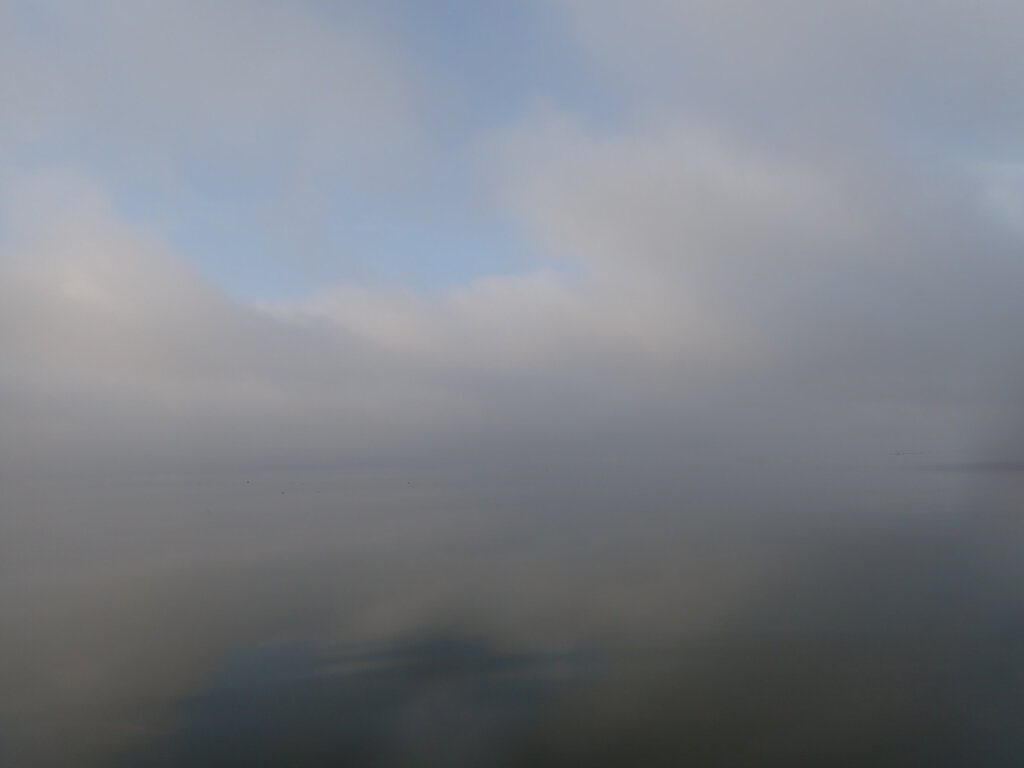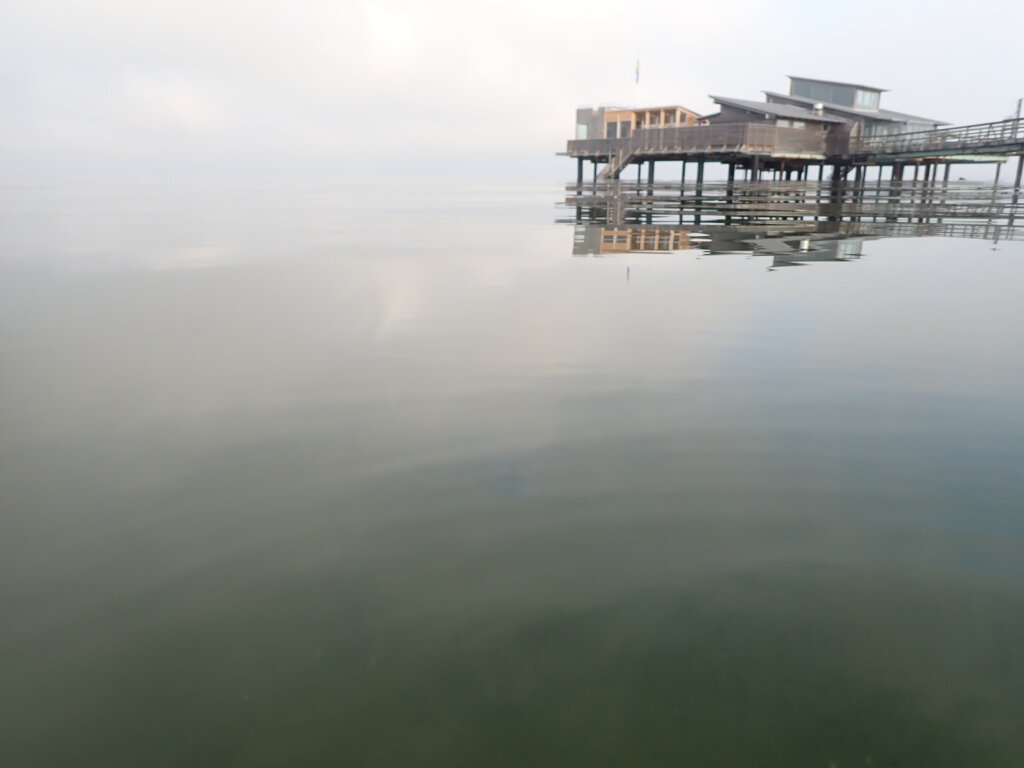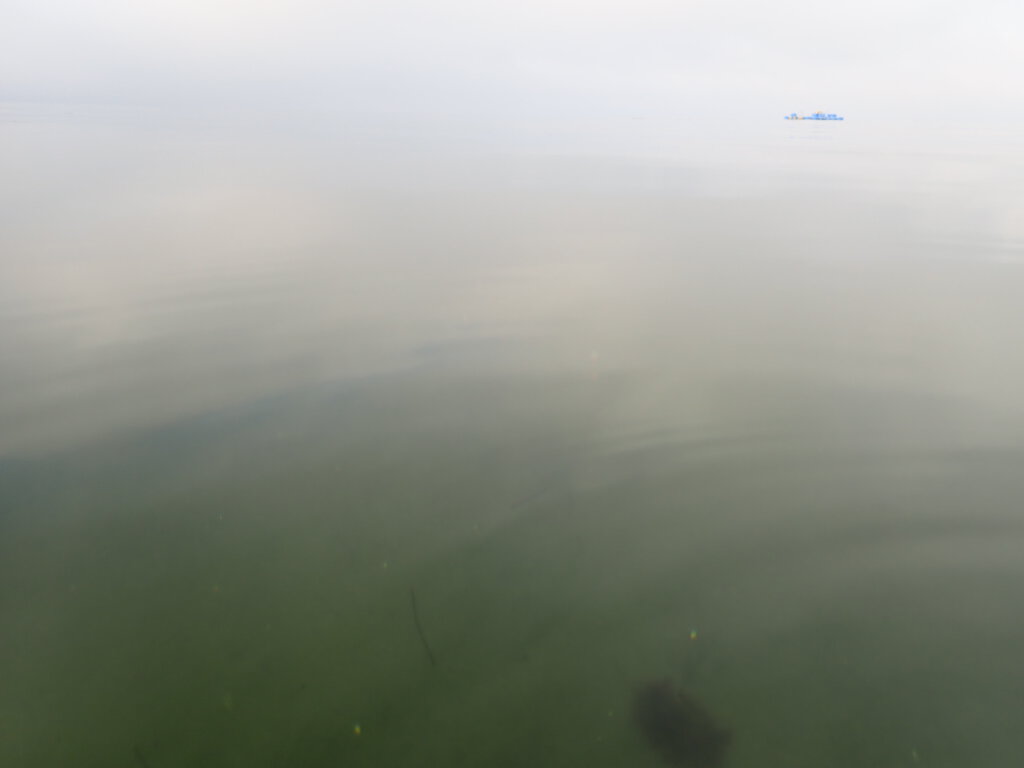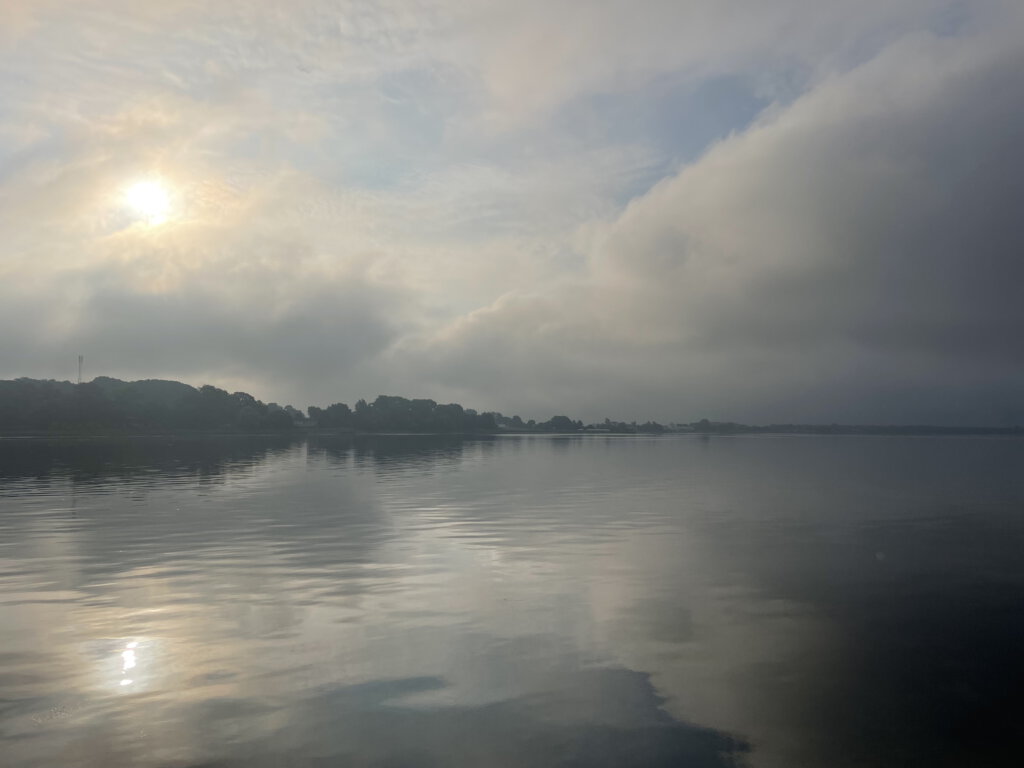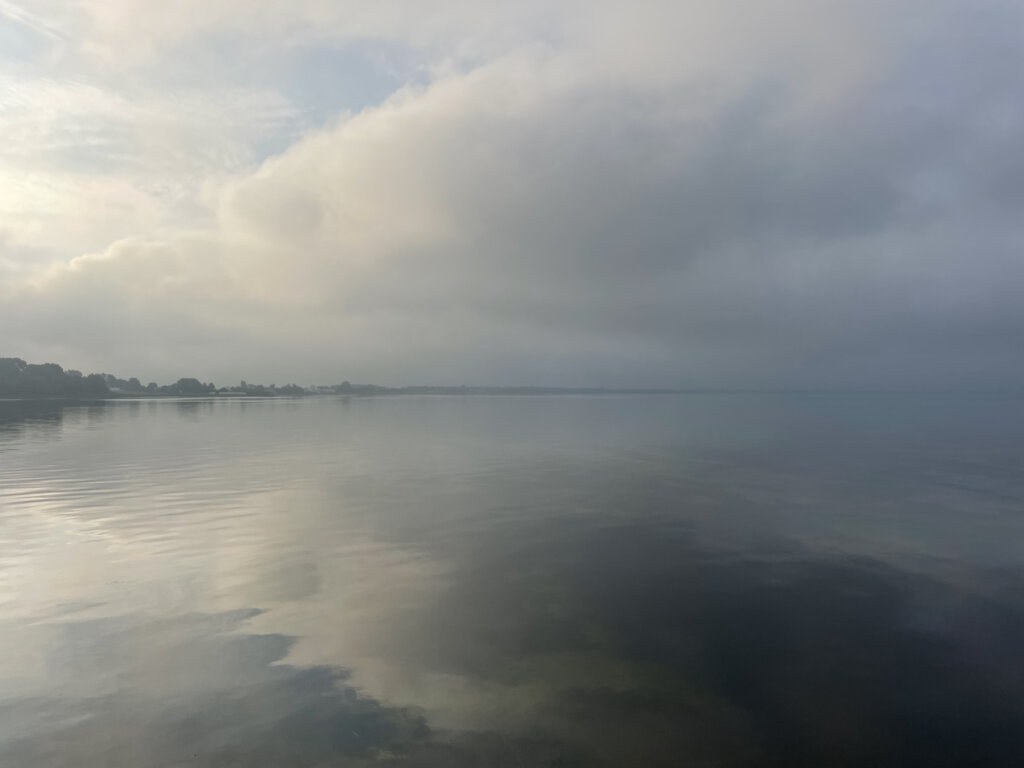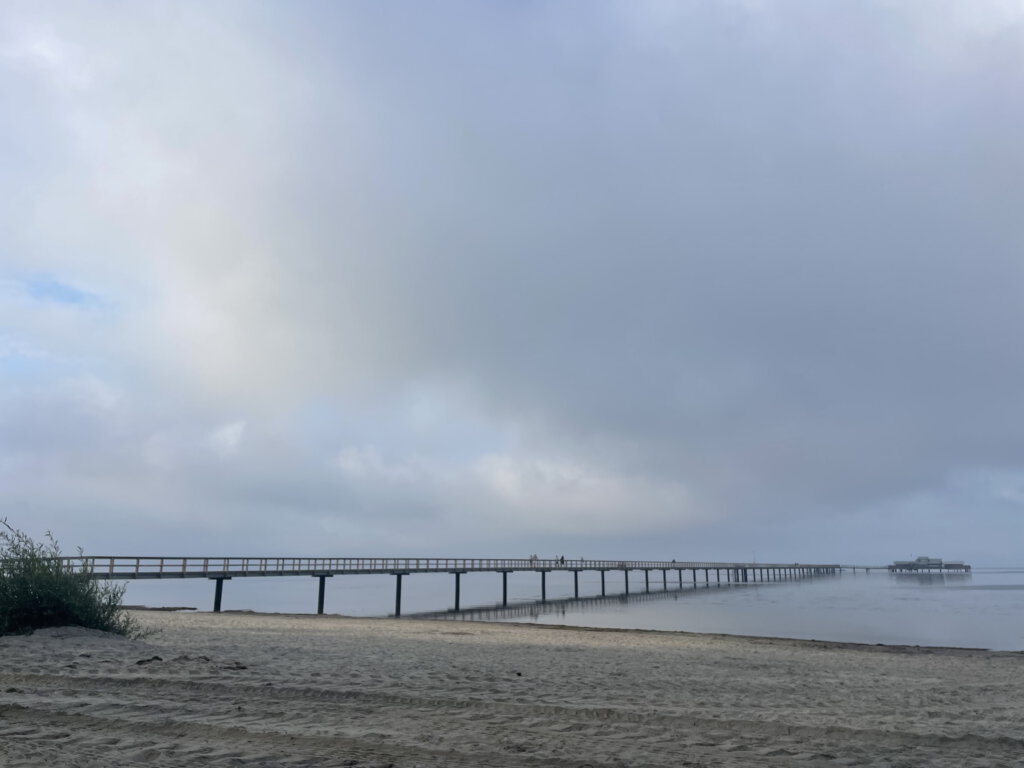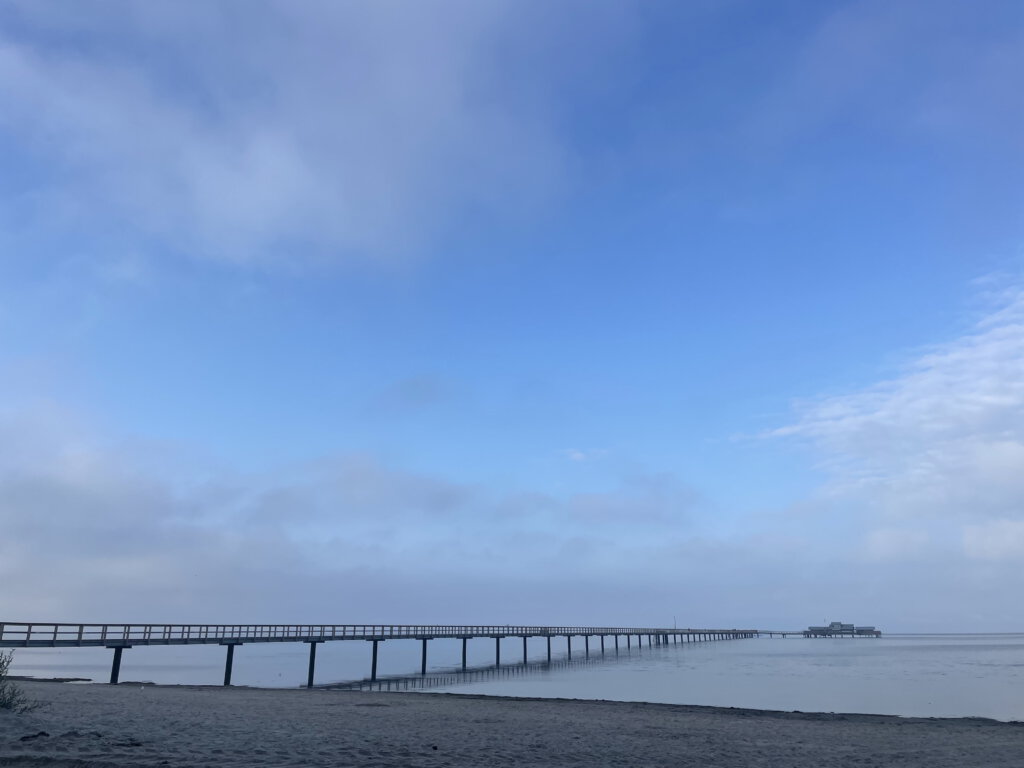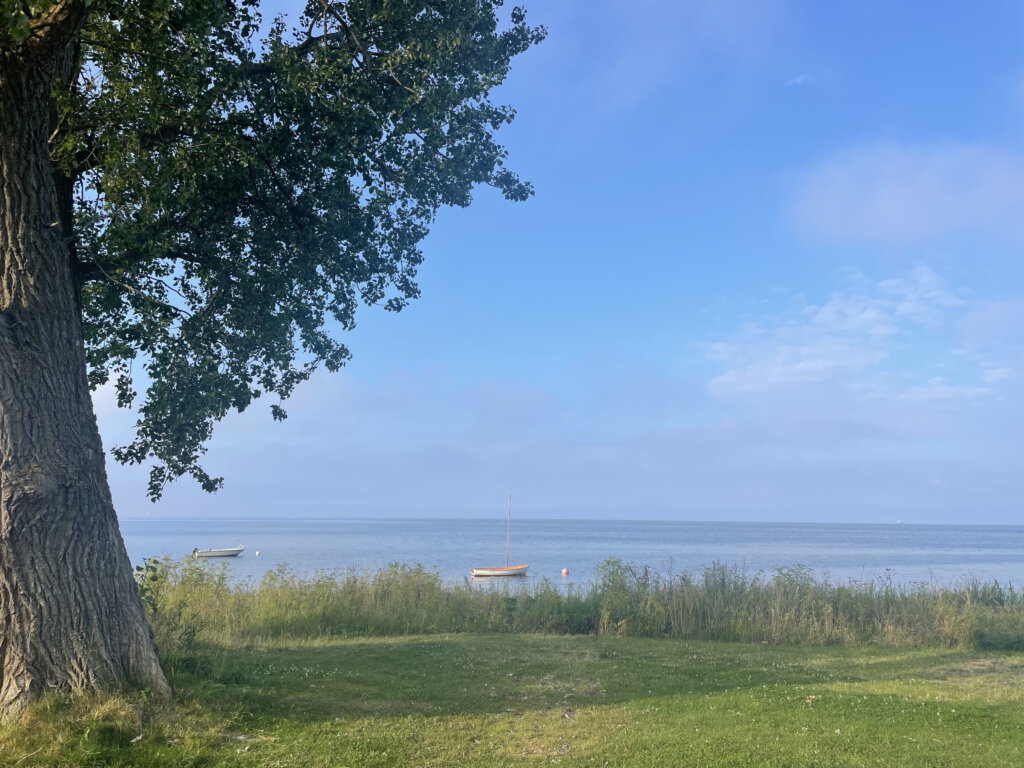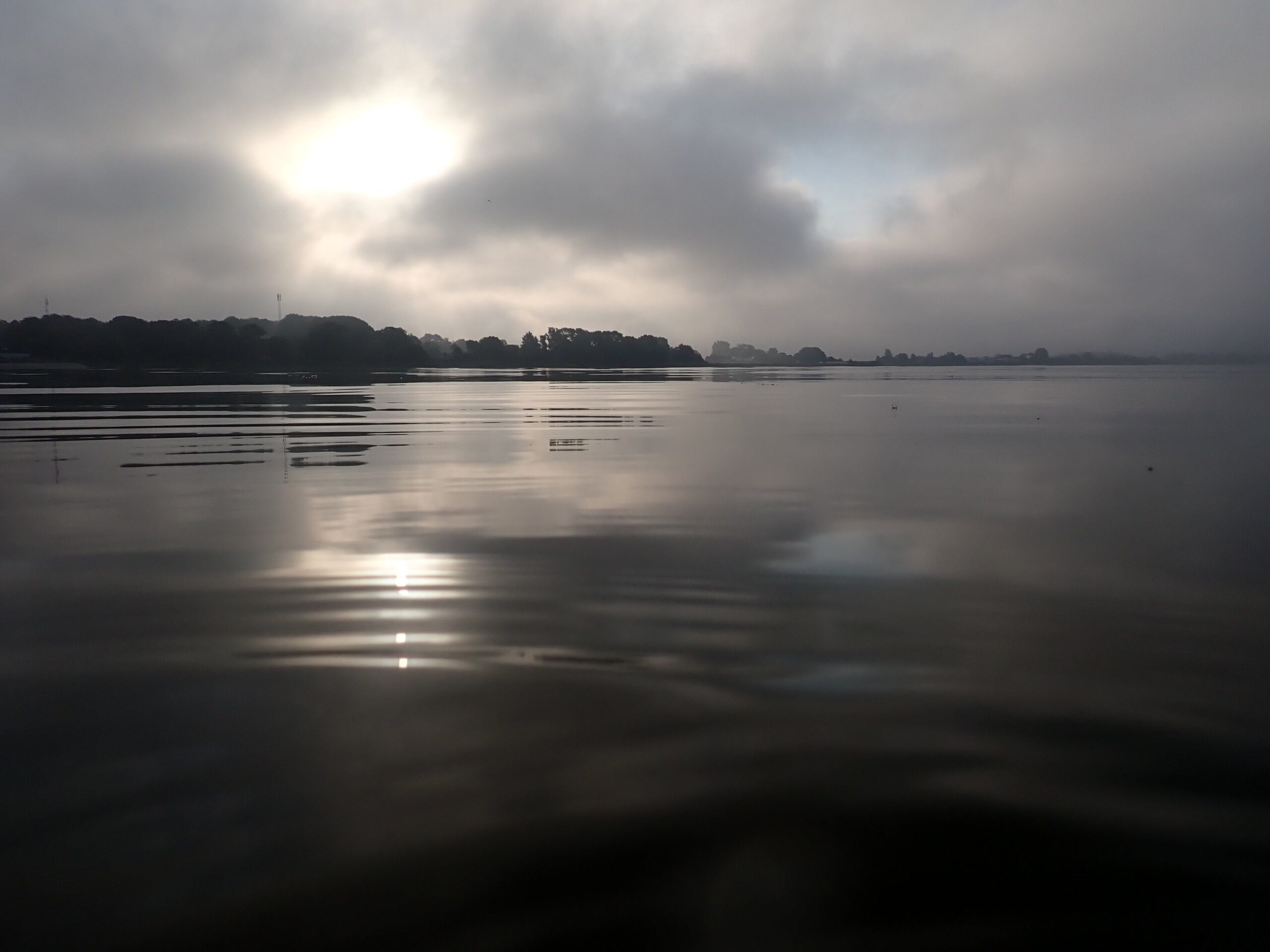
Reading about going public with SoTL
I am still trying to read up on SoTL for a project I am working on, but keep getting side-tracked (but at least this time it is by a SoTL book. After a super quick detour from the book to an article it cites, on my favourite topic still, social media, that is…. :-D).
So I started reading the book edited by Chick et al. (2023) on “Going public reconsidered: Engaging with the world beyond academe through the scholarship of teaching and learning”, and right away, there is a mention of Sipes et al. (2020)’s “Building a social network around SoTL through digital space“. As you might have noticed by now, I am so interested in the digital space, in blogging, in social media, in building connections online, and as I have cut down on my travel big time for sustainability reasons (my own and, you know, the climate). I think this is a really important area to explore! They do this through five measures at their institution: a website redesign so that visitors of the page could actually navigate it and find out what is currently happening and what is on offer, a social media presence on Twitter (unfortunately, they don’t seem to have transitioned to bluesky!), a blog series by some important person in the institution explaining SoTL and linking to relevant resources, a filmed faculty interview series on youtube, and a database of SoTL work happening in that place. This seems to have been quite a successful project for internal connections around SoTL! But back to the book.
The book is also focussed on engaging and connecting people around SoTL, but explicitly not just within an institution. Lockard & Bloch-Schulman (2023) present “On the Inside/Outside Dichotomy at the Root of Public” in three big themes:
- “Public Scholarship as Lecturing to the Many” is about what I know as the “deficit model” in science communication research, or the “banking model” in this article: the assumption that students or “the public” have a knowledge deficit that experts can and should fill. This model of learning is outdated when we talk about lecturing vs engagement within university classrooms, yet lecturing to the public is still often seen as the way to go.
- “The Bubble” is about the inside/outside perspective of the ivory tower on the one hand, but then working with “the community” (outside of university) in service learning; so a perceived disconnect between what is happening in the bubble and all the real life, relevant stuff happening outside of it. That disconnect cannot be helpful for learning if we want learning to be relevant both inside and outside of the university.
- “Who Popped the Bubble” is about the argument that if we want to not have the distinction between inside the university and the real world, work that is happening within the university to make it more just or sustainable or whatever should be encouraged and counted as service learning.
The chapter ends with an interesting twist: While they make their case in an open letter to their university leadership, they ended up not sending it due to the start of the covid-19 pandemic and the understanding that timing matters. It would be interesting to know if it has since been sent and what the impact was!
In the next chapter, Scharff & Hamshire (2023) write about “Determining SoTL’s Grand Challenges: Advocating for a Broader Endeavor for the Scholarship of Teaching and Learning“. This is a really interesting attempt to come to a grounded understanding of what SoTL’s big questions are, both to be able to focus research, but also to communicate it effectively. They come up with four themes: promoting higher-order learning, promoting student engagement and the value of learning, addressing the holistic student within a diverse student population, and increasing interdisciplinary work in education.
Nowell & Friberg (2023) then connect the “knowledge translation” framework from healthcare to Felten (2013)’s principles of good SoTL practice. The knowledge translation cycle has two main components, creation of knowledge and use of knowledge. They present a really nice framework with lots of steps that I would usually be really into, but for now this is really bringing me too far away from what I am supposed to be doing.
Next, Moore et al. (2023) write about “Social media and public SoTL“. They nicely make the point that I alluded to above: “The majority of SoTL conferences and related academic opportunities require face-to-face interaction, which might be increasingly difficult to sustain practically, economically, or ethically in a world wrestling with climate change, epidemics, and inequality. Social media therefore has immense potential to facilitate communication, connection, and experimentation, building virtual partnerships among faculty, staff, and students across geographic borders.” They then give a really helpful guide for how to approach social media, including the warning that “SoTL scholars should be aware of the ways both our conscious and unconscious beliefs about social media, scholarly expertise, and professional and personal identities shape our decisions about behavior online“. They go through the typical structure of determining the goal (including what type of connections we want), audience, platform (and their limits), and from that coming up with strategies. I really enjoyed reading this chapter, maybe because it relates so much with all the “communicating science on social media” courses I have given over the years, and because they share several images of the type we have previously also used (and this is ours) to explain things like the use of hashtags etc:
From this chapter, I also found the blog post “Using Social Media to Support Student Peer Relationships” by Hampshire et al. (2022), where they give five suggestions:
- Intentionally create interactive and inclusive content to engage students and facilitate social connections (and they point out that there are apps that can be used without a data plan and are therefore more accessible than those that cannot be used via e.g. the university’s wifi)
- Think about how you can reach students as widely as possible, playing with algorithms and with reposting through other popular accounts that might have different audiences
- Make the online identity positive, and use it to (anonymously) share many different voices
- Student content needs to be created by students, not staff
- When planning campaigns, consider how they will land in the students’ busy lives and (geo)political reality
- Social media can also be used to foster 1-on-1 connections, provided someone reaches out first…
Next, a chapter on blogs: Friberg et al. (2019) on “making scholarship of teaching and learning public using weblogs“, where they suggest two potential strategies for expanding a blog’s audience:
- Setting up the blog in a way that it connects the SoTL topics of each post to much broader needs and interests so it becomes interesting to people that might not be interested in SoTL otherwise, or
- Do it the other way round: use other interests, prominent people, … to inform each post about SoTL and as a hook that might bring people there.
They offer a really useful table where they connect purpose, different types of target audiences, and considerations (p 114ff).
And that’s it for today on going public with SoTL! It’s encouraging to discover that there are so many people interested in building online SoTL communities, I think it is the way to go!
Moore, J., Hamshire, C., & Felten, P. (2023). Social media and public SoTL. In Going Public Reconsidered (pp. 89-103). Routledge.
Nowell, L., & Friberg, J. C. (2023). The scholarship of teaching and learning and knowledge translation. In Going Public Reconsidered (pp. 76-88). Routledge.
Lockard, C. A., & Bloch-Schulman, S. (2023). On the Inside/Outside Dichotomy at the Root of Public. Going Public Reconsidered: Engaging With the World Beyond Academe Through the Scholarship of Teaching and Learning.
Scharff, L., & Hamshire, C. (2023). Determining SoTL’s Grand Challenges: Advocating for a Broader Endeavor for the Scholarship of Teaching and Learning. In Going Public Reconsidered (pp. 62-75). Routledge.
Sipes, S. M., Minix, S. L., & Barton, M. (2020). Building a social network around SoTL through digital space.
Pictures from yesterday’s morning walk and swim. It was pretty muggy and foggy!
But sometimes that is also beautiful!
I love it when the horizon disappears and sky and sea flow into each other. At least on days where there is some blue in the mix and everything isn’t just grey in grey…
The few blue spots in the sky make for interesting reflections!
And when the sun peeks through everything just looks instantly beautiful!
When the sea is almost flat, the few longer wave make for the coolest reflections of the coastline!
Horizon == gone.
The fresh wood on the new parts of the sauna building also make the reflection so much more interesting! I could take a million pictures because the reflections look different every time…
If we didn’t see the bathing island which is most likely floating in the sea and not flying in the sky, we would have no concept of where the sea ends and the sky begins. Except at the bottom of the image where, at steep angles, we can look into the sea.
This reminds me of that painting of that guy on that cliff. You know?
Love it!
After my swim I sat on the beach for a bit.
Fascinating how the sky cleared over maybe 20 minutes or so!
And on the way back it started to look really nice and sunny!
And that’s it for today!
